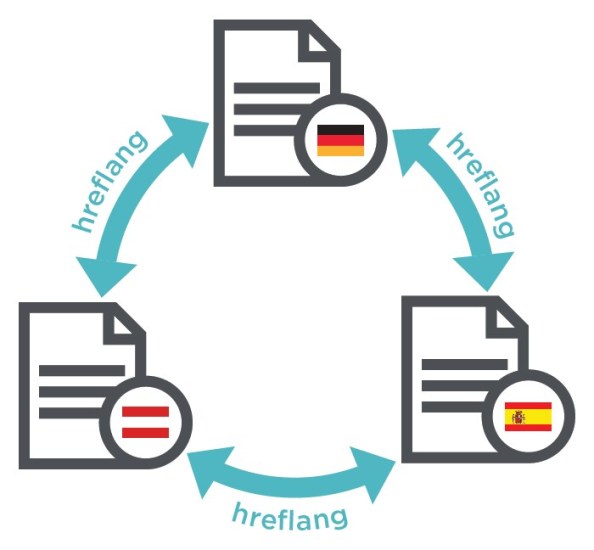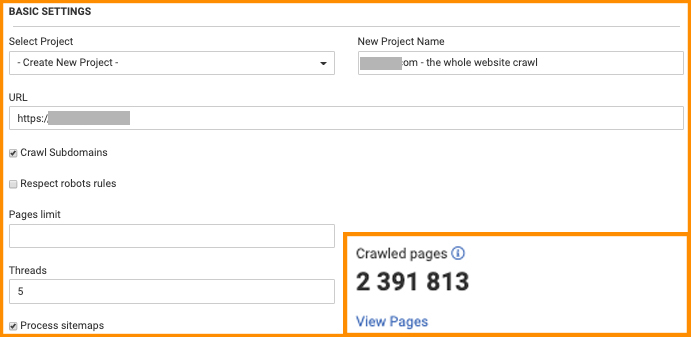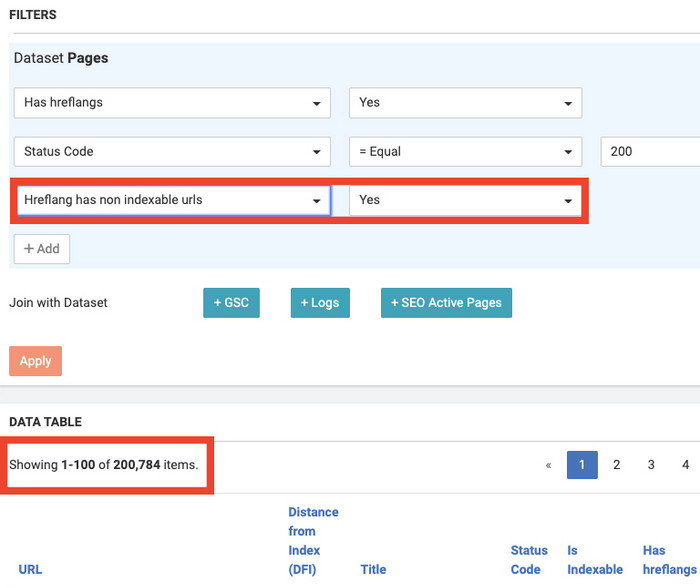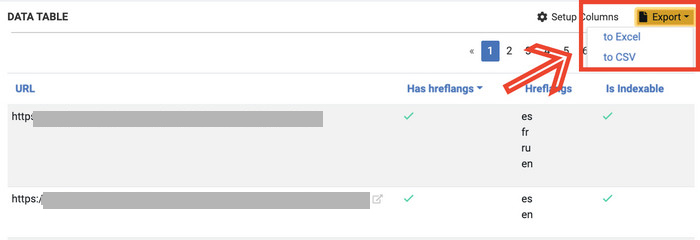
Hreflang tags case study. 7% increase of indexability
Hreflangs implementation can become complex when working with a high number of languages and countries. The best way to handle this task is to learn from the experience of similar websites. This case walks you through monitoring and troubleshooting hreflangs on enterprise-level platforms with 1,5 mln pages and 2,5+ monthly visits.
What’s inside
A little bit of theory
Hreflangs lets Googlebot know that a website has a few versions of the content for different languages, or languages and regions, to enable them to return the appropriate version to people under search.

Hreflangs implementation can become complex when working with a high number of languages and countries. The best way to handle this task is to learn from the experience of similar websites.
What was done
1. We crawled the whole website to get the full picture of technical issues. We always insist on conducting the comprehensive audit instead of partial crawling and here is why.

2. We opened Crawl Report – Indexation – Rel tags and clicked on Pages with rel=hreflang to get to the list of concrete multilingual URLs:

3. In Datatable we chose additional filters one by one to find bugs on pages with hreflangs:
Hreflang has relative URLs filter showed pages in HTML of which were not-complete URLs paths to alternative versions.

Hreflang has non 200 URLs filter showed pages in “head” section of which there were links to pages with harmful 4XX-5XX Status Codes

Hreflang has non-indexable URLs filter showed pages in the “head” section of which there were links to blocked URLs.
4. The list of pages with each bug was downloaded to implement all the needed fixes:

Tech team rewrote absolute paths to alternative language versions instead of relative URLs, fixed bad Status Codes, explored non-indexable pages and then eliminated links to unprofitable pages and removed blocks on profitable content. The result of these actions is positively impressive: the number of indexed pages has increased by 7% after 2 weeks and it keeps increasing.
Key takeaway
Hreflang implementation can become complex when working with a big website and a high number of languages or/and regions. Here are the most common errors on pages with hreflangs:
- Relative URLs in hreflangs
- Links to pages that return non 200 OK response
- Links to non-indexable content in a different language
It’s a good practice to use a web crawler to identify any potential errors, and verifying the existence of the correct hreflang annotations in every relevant page.
Read more: Sitemap as a True Damager


